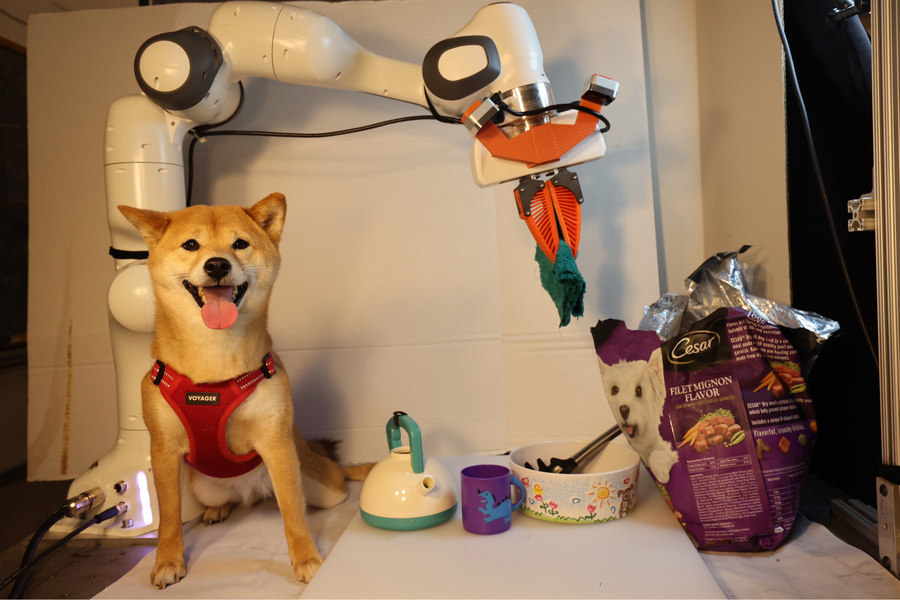MIT’s Revolutionary Approach to Robot Training: A Dive into Heterogeneous Pretrained Transformers
In an exciting development this week, researchers at MIT unveiled a game-changing model for training robots that shakes up the conventional methods used in robot learning. Instead of relying on a tightly focused dataset to teach robots specific tasks, MIT’s new approach expands its horizons, inspired by the deep learning techniques that have powered massive language models like GPT-4.
Rethinking Imitation Learning
Traditionally, robots learn through a method known as imitation learning, where they mimic an individual performing a task. However, this method often stumbles when faced with even minor alterations in the environment—think variations in lighting, unexpected obstacles, or changes in surroundings. The unfortunate reality is that when such hurdles arise, robots simply lack the diverse data they need to adapt.
That’s where MIT’s researchers stepped in. They recognized that, similar to how language models learn from vast amounts of textual data, robots could benefit from a more extensive data pool.
Enter Heterogeneous Pretrained Transformers (HPT)
This innovative technique led to the creation of Heterogeneous Pretrained Transformers (HPT). This new architecture integrates data from different sensors and a variety of environments, enabling robots to leverage a broader range of experiences during their training sessions. By using transformers to synthesize this data into coherent training models, researchers found that larger models yielded better performance.
The process is straightforward for the user: simply input the design and configuration of the robot, and specify the task at hand.
A Vision for Universal Robot Intelligence
David Held, an Associate Professor from Carnegie Mellon University who is involved in this research, shared an inspiring vision: “Our dream is to have a universal robot brain that you could download and use for your robot without any training at all.” While this goal is still in its nascent stages, the potential is enormous. “As we push forward, we hope that scaling this approach will lead to groundbreaking advancements in robotic technologies, just as it has in the realm of language models.”
The Backing of Innovators
Supporting this groundbreaking research is none other than the Toyota Research Institute. Last year at TechCrunch Disrupt, TRI introduced a revolutionary method for training robots overnight. They’ve also formed a pivotal partnership that aims to combine their research expertise with the hardware prowess of Boston Dynamics. This collaboration promises to turbocharge the development of smarter and more capable robots.
Looking Ahead: The Future of Robotics
As we delve deeper into this exciting realm of robotics and AI, the impact of MIT’s new training model could redefine how robots learn and adapt. Imagine robots that can seamlessly operate in various contexts, from bustling city environments to serene rural landscapes—all without requiring extensive retraining.
The AI Buzz Hub team is excited to see where these breakthroughs take us. Want to stay in the loop on all things AI? Subscribe to our newsletter or share this article with your fellow enthusiasts.




